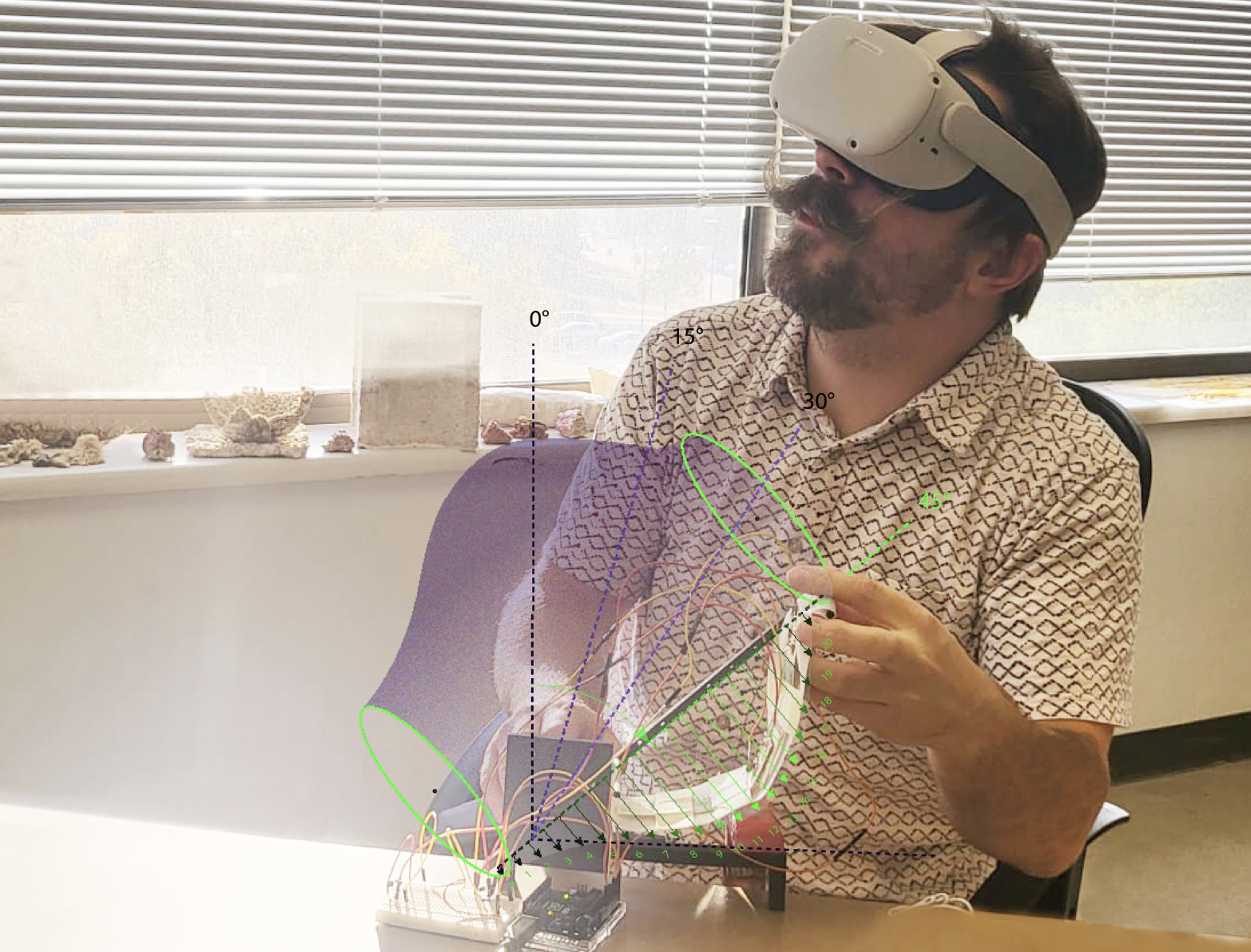Red-Teaming Large Language Models for Implicit Bias Detection
Objective : The goal of this assignment was to uncover implicit biases in GPT-4o through a systematic red-teaming approach. Biases were explored by analyzing the model’s responses to prompts involving human roles and behaviors.
Introduction
Summary of my explorations in algorithmic fairness, bias detection, and ethical considerations within machine learning systems, completed as part of the coursework for AI, Decision-Making, and Society at MIT CSAIL. These problem focus on applying theoretical fairness frameworks, developing practical evaluations, and implementing mitigation strategies to address societal and ethical challenges posed by AI.


